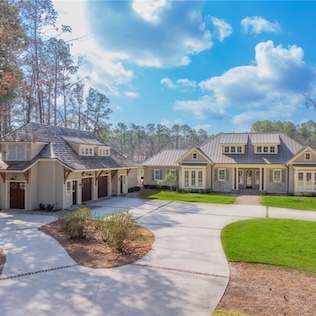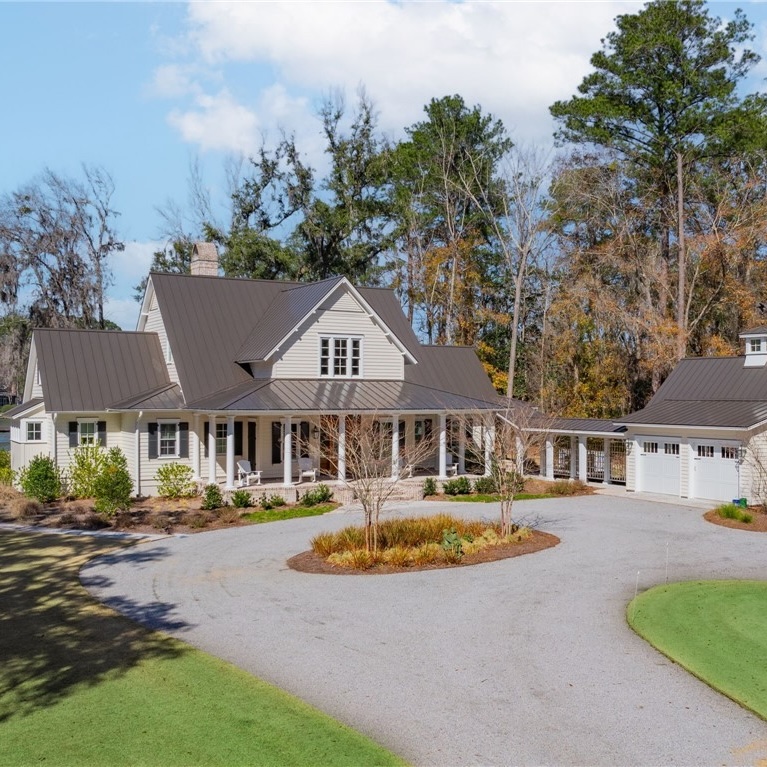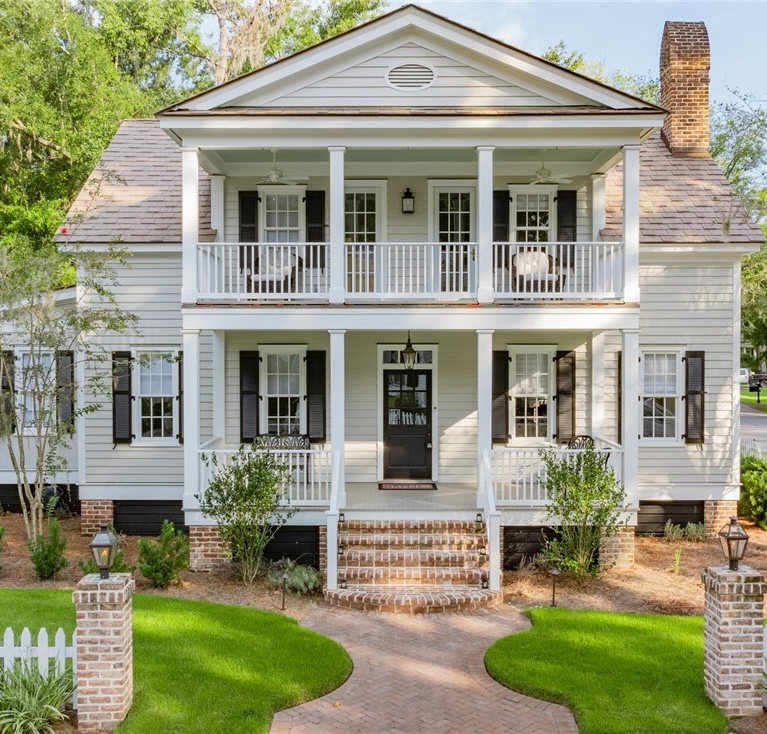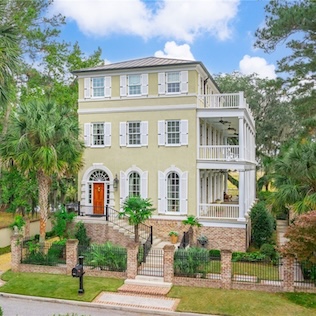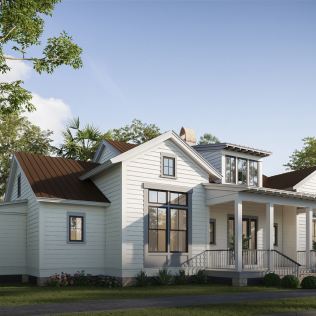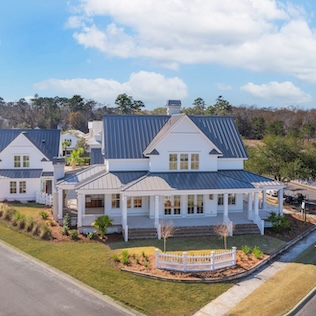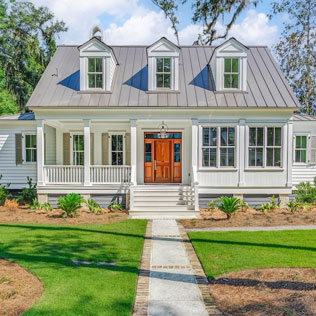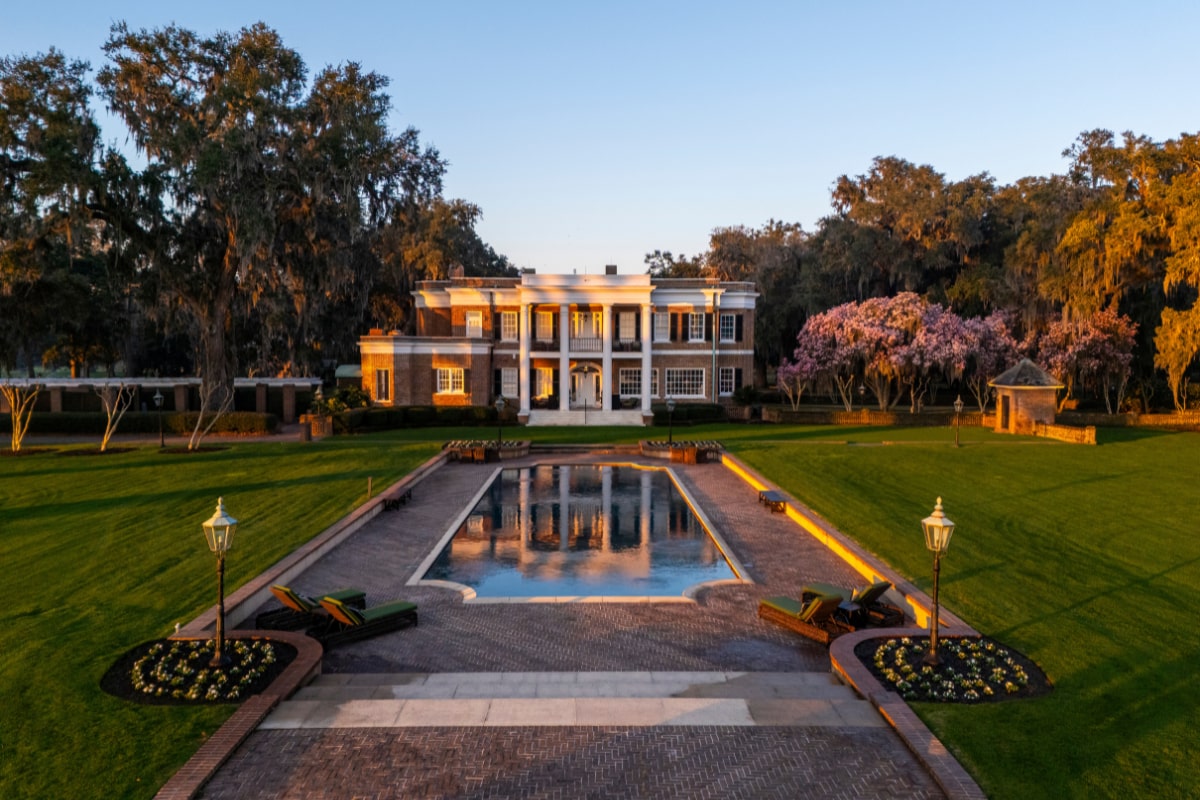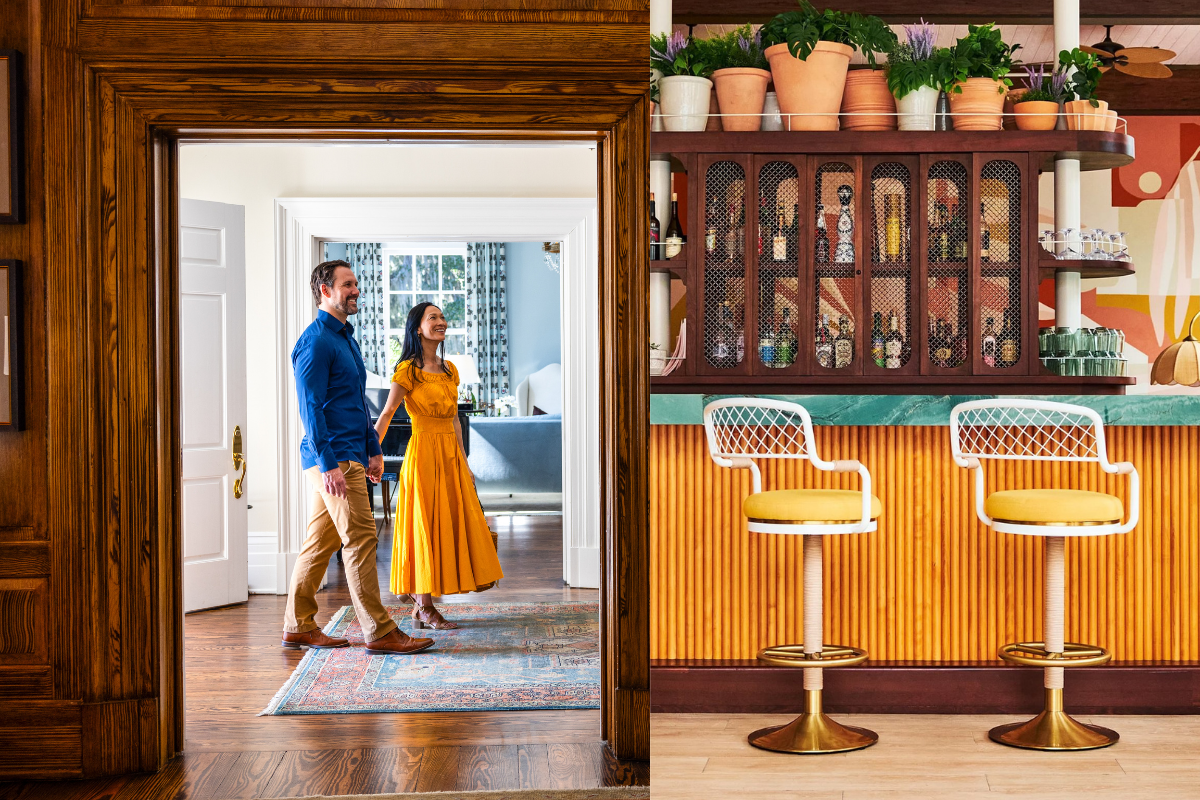Most people know the story of Annie Oakley, the famous sharpshooter who traveled across the country with her husband and her rifle, showing how she could not only compete with but also outshoot most of the marksmen who dared to challenge her. Oakley was ahead of her time in the early 1900s, breaking into a male-dominated sport and paving the way for the growing number of markswomen to take aim at shooting.
Drawing on the historic figure’s efforts to advance women, the Annie Oakley Shooters formed to encourage and empower more women to participate in clay shooting sports. “The Annies,” as they like to refer to themselves, formed in the early 2000s in Atlanta when a group of women wanted to join in shooting events even though only a few had ever even handled a gun. That’s not to say they couldn’t learn, of course. For everyone, there is always a first—the first golf swing, horseback ride, swim stroke or pitch. These women wanted to take their first shot, and when they did, they fell in love with it. Then they wanted other women to join them—to form a community of markswomen.
When the group of shooting friends decided to host a women’s clay shooting competition, the first Annie Oakley Tournament was launched in 2004 and has since become an annual event. Today, the Annies are one of the fastest growing women’s shooting clubs in the country, with groups assembling in central and southeastern Florida, northern and southeastern Georgia, and Charleston, South Carolina.
The Lowcountry Annie Oakleys, the Savannah chapter, operates out of Forest City Gun Club, the oldest continually running gun club in the country. Each month, 30-40 markswomen gather at Forest City for an afternoon of clay sports shooting and good company. The ladies spend two hours honing their skills as sharpshooters by taking lessons or firing off a hundred rounds. After they pull, aim, fire and repeat, the women often convene at local haunts in the nearby Sandfly district to refuel with lunch before returning to their work, be it at home or in the office.
“I’ve been with the Annies for about five years now,” explains Peggy Gillenwater, a resident at The Ford Field & River Club and member of Forest City. “We are a really inclusive group that lets in women from all across the spectrum of shooting experience.” This includes novices, experts, and everything in between. “But we all come to have fun,” adds Gillenwater, which is how she has managed to convince another Ford resident to participate even though she’s never held a gun.
There are about eight Ford residents who belong to the Annies, and when they’re not at Forest City, the women can practice in their own backyard, relatively speaking. “We have two certified shooting instructors at Ford, Mike and Danny,” says Gillenwater. “They teach at the nearby Dorchester Shooting Preserve, which is actually perfect for us because as residents of Ford we are also members at Dorchester.” The 5,000-acre hunting preserve offers a world-class sporting clays course with 15 fully automatic stations for shooters of all levels.
The group’s current membership is primarily women 50 and older, which the women particularly enjoy. “The older generation is mature and there’s less drama,” says Carrie Bazemore, a Savannah resident and member of the Lowcountry Annies for the past three years. “This is important because it takes a lot of focus to learn the sport and gain good technique.” Though Bazemore also adds that the group is very welcoming of youngblood. “We certainly don’t want to prevent the younger generation from joining in,” she says.
Alongside the fun of shotguns and sporting clays, the Annies use their good aim to fund good causes. “Shooting is such a great outlet for me,” expresses Bazemore, “but I also participate to help out with the charities.” Since the club’s inception, it has brought enormous sums of money to local charities, reaching their goal of raising one million dollars in the span of just five years.
“I’ve been to a lot of gun club charity events in the area and I have to say the Annies do an amazing job,” notes Gillenwater. Some recipients of these funds include Dwaine and Cynthia Willett Children’s Hospital, Second Harvest of Coastal Georgia, and Jasper County Boys and Girls Club. The Annies have also generously awarded $108,000 to CURE Childhood Cancer, another $108,000 to the Ronald McDonald House Charities of the Coastal Empire and $54,000 to the United Way of the Coastal Empire.
“We want to see around 40 teams sign up for these charity events,” Gillenwater explains. She says that teams of four people usually pay an entry fee around $1,000 to $1,250, which goes toward the chosen charity and helps cover the cost of hosting the event. “Of course, the alcohol helps enliven things,” Gillenwater says, laughing. “Auctions always work better when there’s a little bit of wine going around.”
Bazemore shares a quote from Annie Oakley herself, saying, “God intended women to be outside as well as men, and they do not know what they are missing when they stay cooped up in the house.” But getting women outside is only part of the equation. “I feel like the group empowers me,” Bazemore exclaims. “Shooting a gun empowers me.” Add this all together and it’s clear that building a supportive group of women who care as much about growing their sport as they do about lifting up their community is what the Lowcountry Annies is all about.
AnnieOakleyShooters.com
